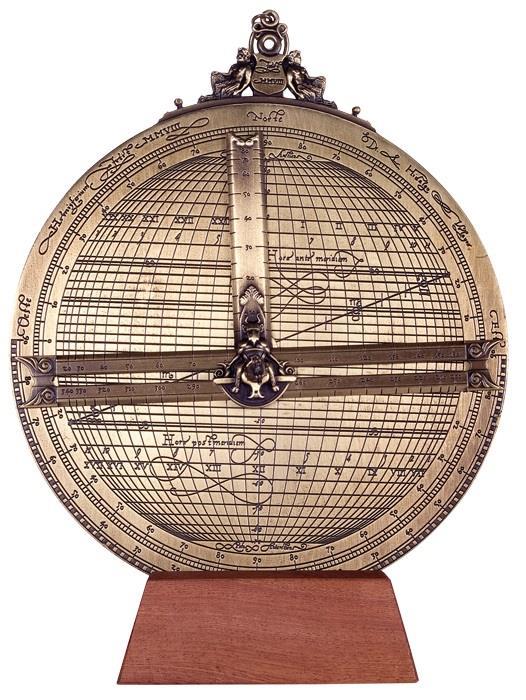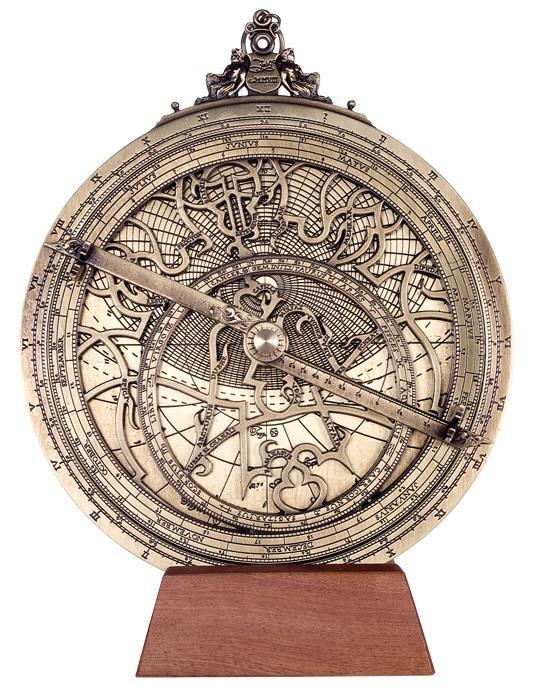Science and Nature Wholesale
Hemisferium Rojas' Universal Astrolabe 20 ø on Stand (Pack of 1)
Hemisferium Rojas' Universal Astrolabe 20 ø on Stand (Pack of 1)
Hemisferium developed this unique piece to celebrate the International Astronomical Year in 2009.
The astrolabe reached the peak of its popularity in the 16th century. The Spanish astronomer and mathematician Juan de Rojas presented the Orthographic Projection to the European public in 1550. This projection was successfully applied in a new type of astrolabe that offered remarkable advantages over its predecessors because it could be used in any latitude.
This instrument, in particular, is non-functioning however, it allows you to carry around a fantastic piece of historic science and represents a time of exploration and astronomical wonder.
Astrolabe, from the Greek, “star searcher”, was introduced to Europe by the Arabs in the early 12th century. It became a vital tool for astronomers, astrologers, and surveyors. This astronomical computer was used to estimate the time, to measure heights of celestial bodies and geographical accidents, determine the local latitude, estimate the sunrise and sunset time and to draw horoscopes.
The astrolabe's importance not only comes from the early development of astronomy but is also effective for determining latitude on land or calm seas. It was less reliable on the moving deck of a ship in rough seas, so the mariner's astrolabe was developed to solve that problem.
In the 9th century, Muslim astronomers improved the device by introducing angular scales and azimuth lines which added to its beauty. To use an astrolabe, the moving parts are first set to a specific date and a specific time. Once set, solar system objects are represented (both visible and invisible) in their relative positions on the instrument.
The typical astrolabe was not a navigation tool, however. The similarly named 'mariner's' astrolabe was used for this purpose and was used widely in the European Renaissance.
This new astrolabe is made by hand in the same way as astrolabes were over a thousand years ago. However, the map of the sky is up to date for the 21st century.
Attention to detail, historical interest and its beautiful design is brought to life in this elegant astrolabe.
Materials: Zamac brass plated and lacquered, wood stand (sapelli) Measurements:
Maximum Height with stand: 245mm / Diameter: 200mm / Thickness: 7mm
Pack Size: 1
Product Code: H34
Our quoted prices are inclusive of VAT (books are zero VAT)
Share





